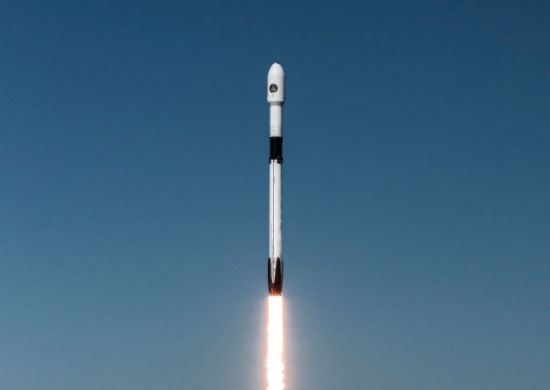SpaceX Falcon 9 launched Transporter-5, SpaceX’s fifth dedicated smallsat rideshare program mission, from Space Launch Complex 40 at Cape Canaveral Space Force Station in Florida on Wednesday.
As part of the “rideshare” mission, 59 small satellites were launched into orbit by about 75 minutes after liftoff as planned.
The Falcon 9’s first stage came back to Earth for a vertical touchdown at Cape Canaveral’s Landing Zone 1 about 8.5 minutes after launch.
Also Read | Elon Musk exception for a ‘rich person with many children’, warns population collapse
Of the variety of small satellites for different customers, one is Canada-based GHGSat, which operates a network of spacecraft that detect methane emissions from orbit. Three GHGSat spacecraft are going up on today’s flight.
Terran Orbital Corporation’s CubeSat Proximity Operations Demonstration (CPOD) was also flying on Falcon 9.
“The technology demonstration mission will validate the technologies needed to support rendezvous, proximity operations, docking (RPOD), servicing, and formation flight by utilizing a pair of identical 3-unit (3U) cubesats — leveraging their inherently lower vehicle and launch costs,” Terran Orbital representatives wrote in a statement.
Also Read | SpaceX president extend support to Elon Musk against sexual harassment allegation: Report
The first, Transporter 1, launched 143 satellites to orbit in January 2021 — a record for the most payloads lofted on a single mission.
Transporter 5 was the 22nd Falcon 9 launch this year and the 155th for the rocket overall. Some of the previous missions included Transporter 4, which lifted off last month.
Also Read | Elon Musk clarifies he’s ‘moderate R’, makes prediction about US mid-terms
If SpaceX is able to complete four launches in June, it will be exactly half of the way to achieving 52 launches – an average of one launch per week – in a single calendar year.







